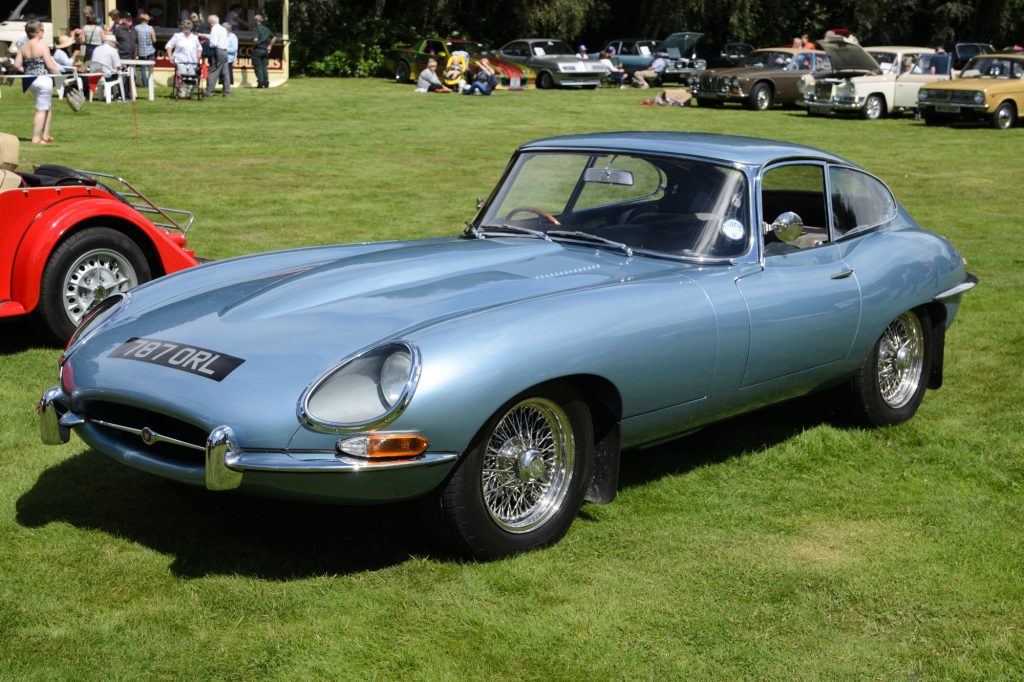Enzo Ferrari once said, ‘The Jaguar E-Type is the most beautiful car in the world.’
I can’t imagine that went down well with the Ferrari PR department.
The Jaguar E-type, or Jaguar XK-E, followed on from the D-type (famed for its disc brakes) and the C-type (famed for its remarkably lightweight).
It was unveiled at the 1961 Geneva Motor Show and designed by aerodynamicist Malcolm Sayer, the man who brought science to the art of car design.
When launched, it was the fastest production car in the world, with a top speed of 150mph and fitted with disc brakes on all four wheels.
Over 72,000 were built during its 13-year production run, 85% of which were exported, and the majority of the E-types built and sold in the UK exist today.
The E-type garnered a celebrity following, including Steve McQueen, Tony Curtis, George Harrison, Brigitte Bardot, Ian Fleming, and Princess Grace of Monaco.
There were three series of E-types: Series 1, between 1961 and 1968, fitted with a 3.8-litre inline six-cylinder; in the late Series 1 and Series 2 (1969-1971), a 4.2-litre inline six-cylinder was fitted.
For the Series 3, produced between 1971 and 1975, Jaguar departed from the straight six-cylinder engine and replaced it with a 5.3-litre V12.
Additionally, limited-production models and variants were produced, such as lightweight racing versions and special editions.
Its impact upon the car-buying public, its timeless design and legendary status have made it one of most iconic sports cars ever produced.
It is said that the E-type was where speed met sophistication, and envy followed suit.
![]()

